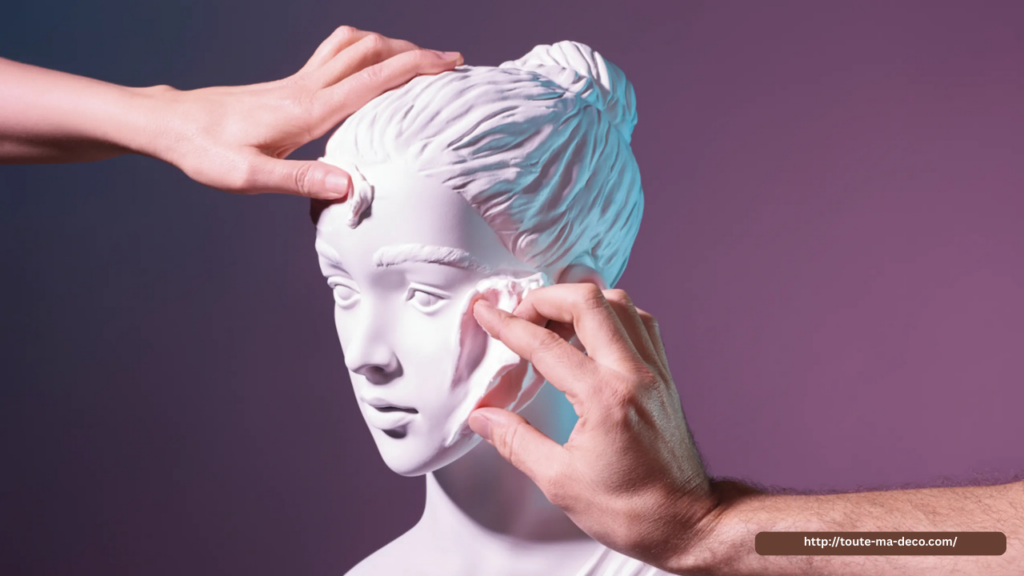
Addiction recovery is a deeply personal process that requires healing on multiple levels—physical, emotional, psychological, and spiritual. While conventional treatments such as therapy, support groups, and medication are essential, hands-on art therapy is emerging as a transformative complement to these approaches. Among the many forms of creative expression, sculpting stands out for its tactile, immersive, and empowering qualities. The physical act of molding and shaping materials can mirror the internal process of reshaping one’s life, making it a profound tool in achieving and maintaining sobriety.
The Tactile Experience of Healing
Sculpting involves direct engagement with materials like clay, wood, or stone, offering a sensory-rich experience that can ground individuals in the present moment. This tactile nature provides immediate feedback and connection, which is particularly helpful for individuals struggling with anxiety, trauma, or emotional numbness. As the hands manipulate the medium, the mind becomes focused and anchored—fostering mindfulness and reducing the intrusive thoughts and cravings that often accompany addiction recovery.
Working with one’s hands in this way activates the brain’s sensory and motor systems, encouraging neuroplasticity—the brain’s ability to form new neural pathways. In the context of recovery, this means the brain can begin to develop healthier habits and coping strategies to replace those linked to substance use.
Externalizing Inner Emotions
Addiction often stems from unresolved emotional pain, and traditional talk therapy may not always provide an adequate outlet for these deep-seated feelings. Sculpting offers a non-verbal form of expression that allows individuals to externalize their inner struggles. By physically shaping a representation of pain, fear, hope, or transformation, participants gain a visual and tangible perspective on their emotional landscape.
The process of creating three-dimensional art can also serve as a symbolic act of change. Breaking, reshaping, and rebuilding materials mirrors the emotional work involved in recovery. The final sculpture, whether abstract or representational, stands as a testament to the journey and effort involved in overcoming addiction.
Building Confidence and Self-Efficacy
Many individuals in recovery struggle with self-worth and confidence. Completing a sculpture, regardless of artistic skill, instills a sense of accomplishment and agency. The act of creating something from raw material provides proof of one’s ability to envision and manifest change.
As individuals progress in their sculpting abilities, they may begin to view themselves as capable and creative—qualities that are essential to sustaining sobriety. This sense of mastery can spill over into other areas of life, motivating healthier decisions and reinforcing a positive self-identity.
Creating Connection and Community
Sculpting is often used in group art therapy sessions, where shared creative experiences foster connection and support. Addiction can be isolating, but the collaborative and non-judgmental environment of group art therapy helps rebuild trust and communication. Sharing work and witnessing others’ artistic journeys encourages empathy and mutual healing.
Conclusion
Sculpting is more than an artistic endeavor—it is a powerful therapeutic tool for individuals in addiction recovery. Through tactile engagement, emotional expression, skill-building, and community connection, hands-on art therapy can support the transformation from addiction to sobriety. As each piece takes shape, so too does a new, sober life, sculpted with intention, resilience, and hope.